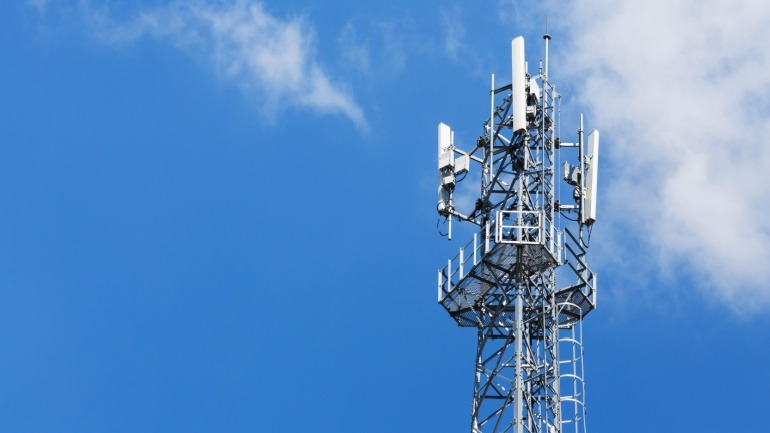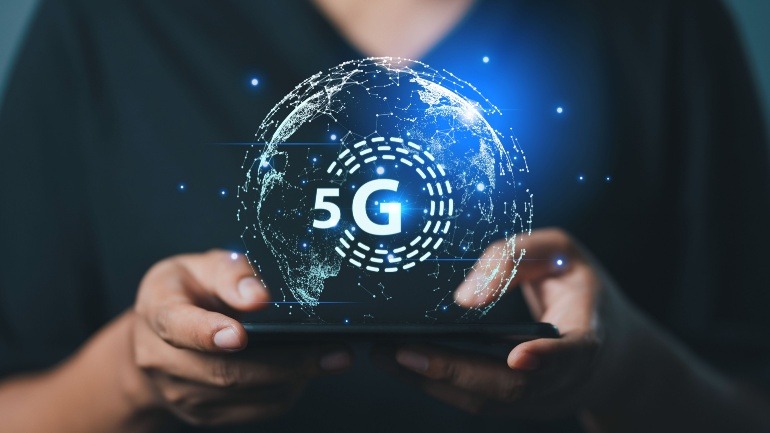T-Mobile US recently addressed speculation about potentially shifting its network equipment from Nokia to Ericsson. The carrier confirmed continued collaboration with both companies, dismissing rumors that impacted Nokia’s market shares.
Ericsson and FPT are collaborating to enhance the deployment of 5G technology and digital transformation in Vietnam. This partnership focuses on innovations in AI and aims to enhance digital infrastructure across key sectors like healthcare, manufacturing, and retail.
Ericsson and e& UAE’s partnership brings a 5G breakthrough with the advanced dual-band Massive MIMO radio, AIR 3229. This innovation enhances 5G services by boosting network capacity and eco-friendliness with reduced power consumption.
Indosat Ooredoo Hutchison and Ericsson have launched Indonesia’s first full-stack Digital Monetization Platform (DMP), marking a pivotal moment in the country’s telecom digital transformation. This innovative solution supports 5G readiness, offering diverse new business models like network slicing.
Ericsson’s new 5G Advanced software suite targets next-level network programmability and enhances VoIP capabilities. With seven products, Ericsson boosts performance and user experience, aligning networks with business goals using AI-driven technologies.
Spain’s telecom sector is set for transformation as Ericsson partners with MasOrange, the country’s largest mobile operator, to develop an open, programmable network. This five-year collaboration aims to enhance network performance and support the rollout of 5G in rural areas.
Vodafone, Qualcomm, and Ericsson have successfully completed 5G millimeter wave (mmWave) trials in the UK, showcasing remarkable results. The tests highlight mmWave’s potential in providing ultra-fast broadband speeds, achieving up to 4Gbps. Especially advantageous for VoIP communication, this technology can transform data-heavy environments, ensuring seamless connectivity and improved user experiences.
Singtel and Ericsson are transforming Network-as-a-Service offerings with their innovative collaboration. By leveraging Singtel’s Paragon platform and Ericsson’s orchestration technology, the partnership aims to simplify and automate communication services for enterprises.
Ericsson is intensifying its R&D efforts in India, zeroing in on network APIs. Partnering with telecom giants, Ericsson is unlocking 5G’s potential through programmable networks, enhancing performance, and enabling new performance-based business models.
Nigeria’s telecom sector is witnessing a groundbreaking shift as it embraces 5G technology through a collaboration with Ericsson. This partnership aims to modernize telecom infrastructure, transform public services, and drive economic growth.













